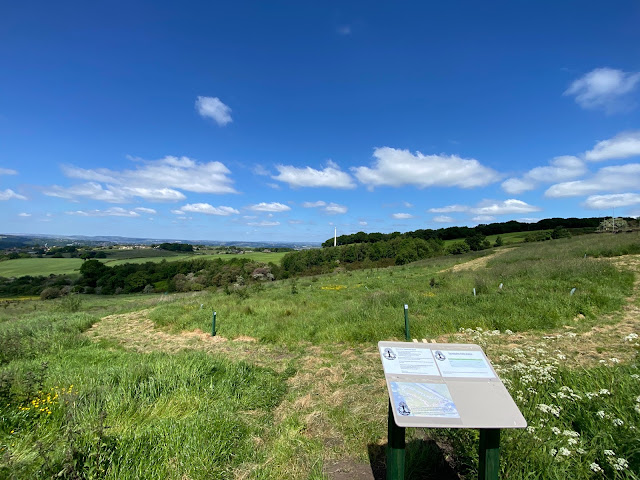Sleeping Beauties
What to do when the Woodland Trust deliver 225 trees on the Friday you are moving home - and 6 days before Christmas?
Well after a rapid request for help and advice, it seems, you don't actually have to panic. It seems that, as with small children kids on Christmas Eve, if you are crafty, while the trees are sleeping you can tiptoe about, moved them around a little and they don't even notice what is going on.
Unlike myself, the trees apparently, don't mind moving home a couple of times in quick succession.
With previous tree deliveries, because the delivered trees were bare root stock (just twigs with their roots exposed and no soil or plant pots) , we have had to move quickly and plant them before the roots dry out and before the trees notice they have been uprooted from their first home. Realistically, this means planting the trees within a week (and they have usually had a couple of days on a couriers truck by the time they reach me). Even a week is a little risky if the trees haven't been perfectly packaged and kept in the a cool frost free environment.
Earlier in the planting season, we have had to get 75+ trees in the ground in a single weekend. This was manageable but a bit pressured. 225 trees would definitely present a problem on house moving weekend.
The saviour on this occasion (lets face it, I have had lots of saviours on this project already), was my good friend Caroline (and her husband Nick). Caroline is a very experienced gardener and has previously dealt with bulk tree deliveries when working for council Parks departments. She advised that we could dig a trench, pop the bunches of trees into the trench and gently "heel them in" - keeping the roots moist and below the frost level until we had time to plant them later on. We could effectively buy ourselves some time, and as long as we were careful, the trees wouldn't notice. As long as we dug them up and re-located them by spring time, we should be fine.
So, armned with shovels, we headed to the bottom of the field where it was flat(ish) , free draining and sheltered *. We were blessed with a fairly pleasant December day for our labours and with three of us taking turns (keeping a safe COVID distance) we dug a trench perhaps 1m wide by 2m long.
* Note : the site turned out to be rabbit central - something I only discovered during the snow a few weeks later - paw prints and rabbit poo being a little more visible in the white stuff.
 |
| 225 trees wrapped in polythene to keep the roots damp. |
 |
| 9 bunches of 25 trees being put back into bed. |




Comments
Post a Comment